Ever wonder if you are an expert chef or not, you must keep your knife sharp to cut your items smoothly and quickly with the knife easily so that your items don’t get slippery. Most of the chefs sharpen their knives frequently, resulting in the good maintenance of the knife and increasing its life span with good results.
So,
We are going to cover How to Sharpen a Japanese Knife – Best Sharpening Technique. Japanese knives are famous due to their material, sharpness, and variety. In the same way, these knives also require proper sharpening to deliver good results. Here in this article, we will provide you with different knife sharpening methods to sharpen your best Japanese knife.
How to sharpen a Japanese knife?
Table of Contents
There are many different methods available for sharping Japanese knives. However, we are listing the most common, easy, and practical strategies for knife sharpening so that you can measure How to Sharpen a Japanese Knife – Best Sharpening Technique.
A user can follow two main strategies; either he can take a knife to a knife sharpener shop, or you can sharpen your knife yourself.
Shop Experience
When you take your knife to a reputable knife sharpener shop, your knife will get the treatment of an experienced person who understands knives better than you. Hence, as a result, better sharpening of your knife will take place.
Sharpening Skills
On the other hand, you will require some proper skills before you start sharpening your knife yourself. You can use different methods or techniques to sharpen your knife depending upon that technique’s corresponding knowledge.
Here are some of the most modern ways we are going to cover in our article.
1. Whetstone sharpening
Best Whetstone is one of the oldest and most effective methods applicable for sharpening the best Japanese knives. Sharpening a knife with whetstone gives smooth edges and a shiny surface of the blade.
Whetstone is a rectangular block of stone that is used to sharpen the edges of a knife. Although sharpening a knife with whetstone requires a bit of practicing first, but still, it’s the best method to maintain your best Japanese knife. Here we will provide you a guideline through which you can quickly sharpen your best Japanese kitchen knife. There are also some top methods that you can use for How to Sharpen a knife without Stone.
- First of all, you need to soak your whetstone in the water for at least 10 to 15 minutes so that it can absorb moisture and get wet. Rough stones require more time than fine stones. Fines stones require splashes of water. You can also splash water during sharpening if the stone becomes dry.
- Place your stone on a wet cloth or a pad, or you can fix the angle of your stone at the right position. This will also help to stop the motion of the stone during sharpening. Some of the stones also have a holder on which stone can be placed during sharpening.
- Hold your knife in such a way that your thumb must be on the flat of the blade, index finger on the spine of the blade, and other remaining fingers to grasp the handle.
- Start sharpening from the tip of the knife. You may add pressure with two or three fingers on the spine.
- Point knife heel towards your body and hold the knife firmly at an angle of 10-15 degrees and slide at the blade in forward and cross-motion. During this motion, try to cover the whole length of the stone. Sharpen both sides of the blade in the same way according to the need.
- It will give a much sharper knife than the other methods
- Whetstone is inexpensive
- Extremely adaptable and portable, especially for chefs, they can easily sharpener their best Japanese chef knife
- Have long age
- Time is needed to restore a dull blade.
- Require some practice
2. Electric knife sharpener
First, to get good results of sharpening, confirm that the best Japanese knives’ blades fit entirely in the sharpener.
- Firstly, the blade is placed in the given slot, and to connect it with a grinding stone.
- Now, slide the knife on the slot, and the angle of the knife is automatically adjusted to 15-20 degrees by sharpener.
- It would help if you slid the knife two times. The working of an electric sharpener is beneficial. It can sharpen and reshape the blade in just two passes from the sharpener.
- After that, first, sharpen the knife’s blade on the coarsest stone and then on a more delicate frit stone twice across each side.
- Finally, wash the knife and dry it.
Selection of Best Electric Knife Sharpener
While selecting the best electric knife sharpener, some factors should be considered.
- Select that has strongly abrasive sharpening wheels and stones.
- Choose the sharpener that accurate, comfortable, and adjustable angle guide. This ensures that the knife is the blade at the precise angle required for sharpening.
- Coarse abrasiveness is good for blunt and dull knives, while for touch-ups and polishing, finer abrasives are best.
- You must check that either it is potable or not. Also, check that it uses batteries or not.
- It is a safer method and also not requires too much talent.
- It takes less time to sharpen the Japanese knife.
- Electric sharpeners are ergonomic and easily used by left-handed users.
- These electric sharpeners consist of diamond abrasives that provide a good sharpening.
- Some electric knife sharpeners produce heat that causes damage.
- This method sometimes grinds too much steel that decreases the life of the knife.
3. Honing Steel Knife Sharpener
Honing rods are used for realigning the edges and for finely polishing. They are long, about 1 foot, and flat, while the cross-section is round and oval.
- First, hold the honing rod in such a way that its tip is in the downward direction. A piece of information should be placed on the cutting board.
- Use the other hand to hold the knife so that the back of the knife touches the steel. After this, pull the knife backward.
- Tilt the blade until its forefront comes to a pole of honing steel nearly at the angle of 22.5-degree angle
- While keeping this angle of 22.5 degrees, move the blade’s sharp edge towards you and then move it down along the length of the pole. Try to cover the whole distance so that it wills sharpener your knife better and quickly.
- Change the blade’s side and then add additional ten stokes, and then finally, it’s finished.
Selection of the best Honing Steel Knife Sharpener
While selecting the best honing rod, some factors should be considered.
- The essential factor is the length of the rod. It is recommended that it should be 2 cm greater than a knife. Also, the rod should have the magnetic capability to attract the metal waste.
- It would be best if you chose that honing rod whose steel does not destroy the blade.
- Stainless steel honing rods are most suitable for the best Japanese knives. It is useful for any blade and removes a small amount of metal.
- Ceramic rods require more care and remove more metal than stainless steel. They are also more challenging than stainless steel.
- Diamond rods are the hardest among them all, and it is the right sharpener.
- Select that rod that has a good grip and does not slip down.
- This process takes less time to remove unnecessary steel from a knife.
- The faster method is used for sharpening the knives.
- Ceramic rod is broken down easily when fell.
- These honing rods are expensive.
Why are Japanese Knives special?
Japanese knives are made from a particular material known as Hagane, a type of carbon steel. Multiple layers of the blade are forged with a brittle inner core of carbon steel and an outer body of soft iron. Due to this combination, the knives have incredibly sharp edges like swords.
Hagane is not a rigid material, so proper care of the knife must maintain its sharpness and life. Most of the chefs prefer to have a Japanese knife due to its lightweight and sharp edges. However, the best Japanese chef knives also require proper care to avoid dullness and rust.
Things you should know before you sharpen your knife:
Most of the users pick up the knife and start sharping its edges. That thing may sometimes give very odd results. It would help if you went through some prerequisite conditions before sharp your Japanese knife. Here are some of these steps;
Know your knife
Firstly, you should know that your knife requires sharpening or not. Most of the time, it is recommended to sharpen the knife before it becomes dull. The nature of the knife’s material is another important thing that must be considered before sharping your knife.
Some of the knives have edges on both sides, while some kitchen knives have only one edge side. Depending on the nature of the edges of the knife, a particular angle is chosen. Knives with a bevel on both sides are sharpening at the angle of 20 degrees, while the single bevel knives are sharpening at 0 degrees.
Choose the right method for sharpening your knife
Most of the Japanese knives have a single bevel. That’s why they have a different sharpening methodology than the western knives with a double bevel.
Different methods can be used to sharpen Japanese knives; however, whetstone is the most common to sharp a Japanese knife.
Preparation before sharping
Before starting the sharpening of a knife, you must know how much sharpening is required. This thing is related to the dullness and surface of the knife. These preparations also include preparation of the sharpening material of equipment.
Final words
In the end, we will recommend you choose the sharpening method according to the type and nature of your knife.
We have provided you detailed steps about how you can sharp your Japanese knife. Keep these steps in your mind during sharpening; definitely, you will get excellent results.
Have a Good Day!

Hi, This is Sophia Ava, author of many books about Knives that uses many chefs in their shows, received my MFA in Creative Writing from Mills College is a famous Chef. Born in Oakland, California.As a expert chef i have written blogs and knives reviews that i tested by my own with the partnership of famous brands for their famous knives. With my well researched artilces and reviews about knives you can make your kitchen life easier.

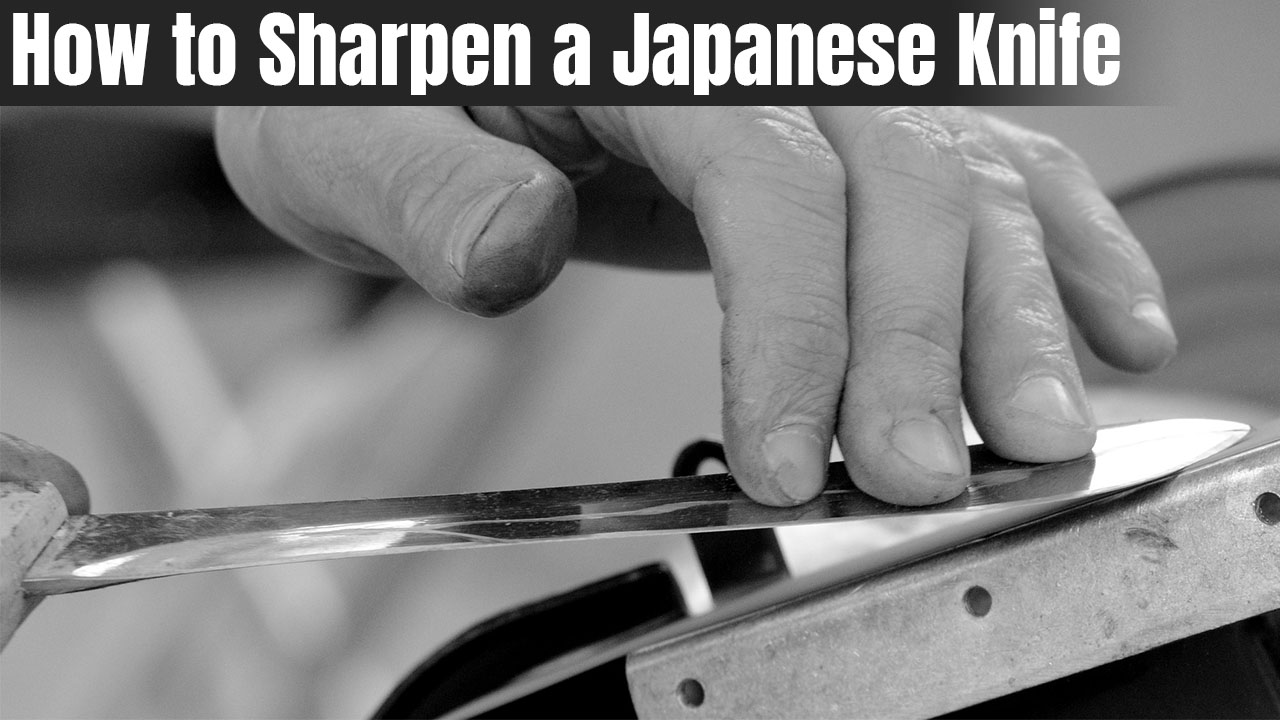
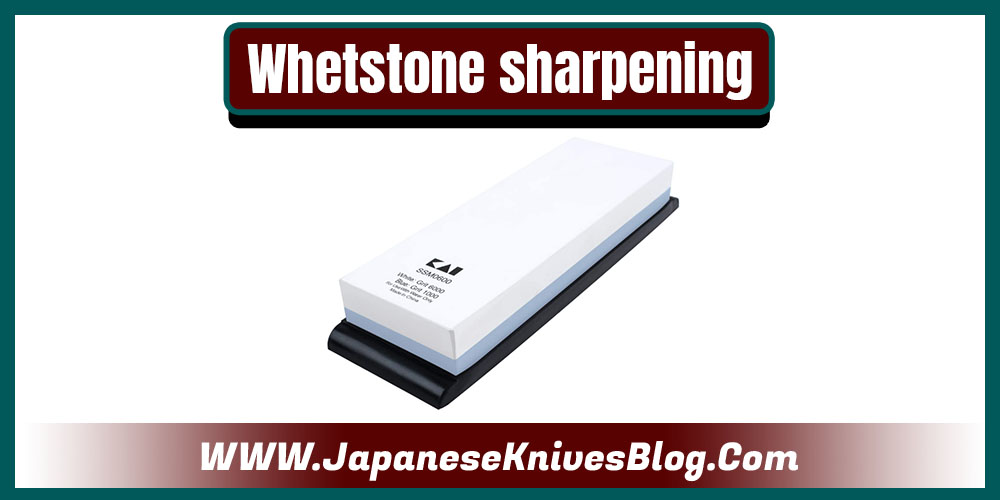
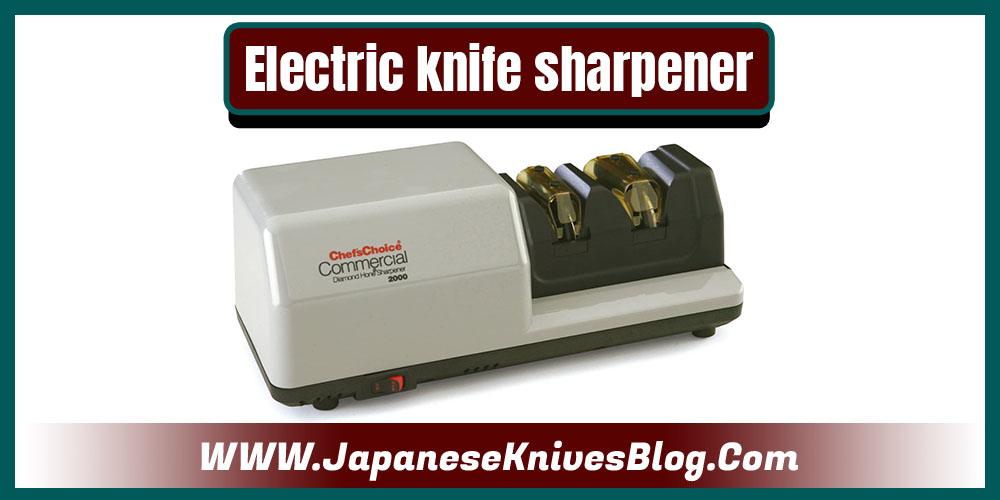
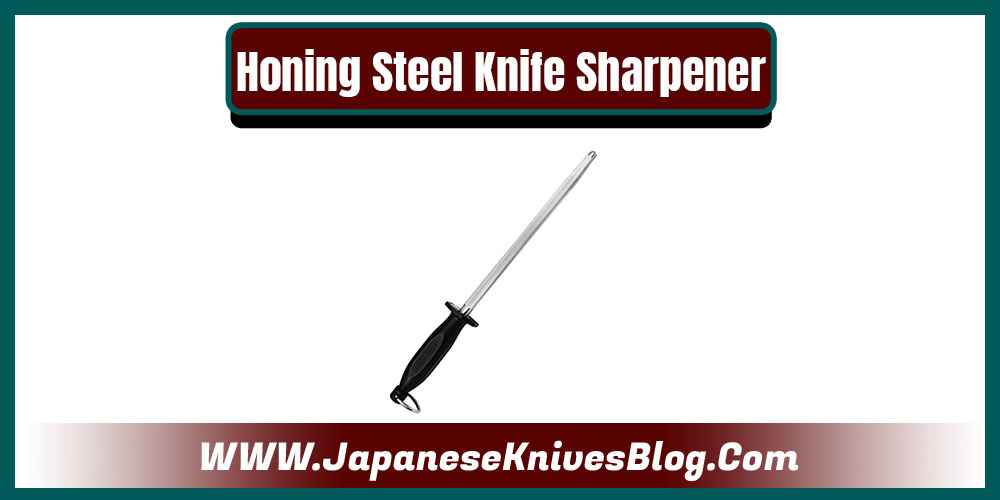
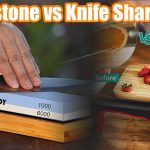
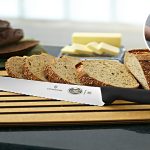



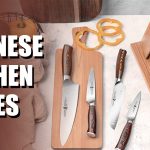
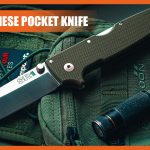

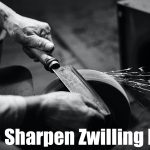
Leave a Reply